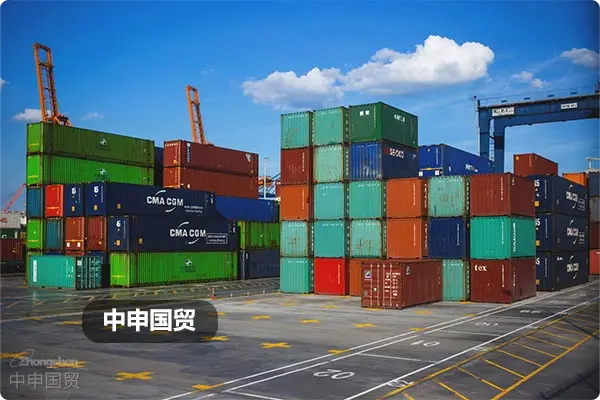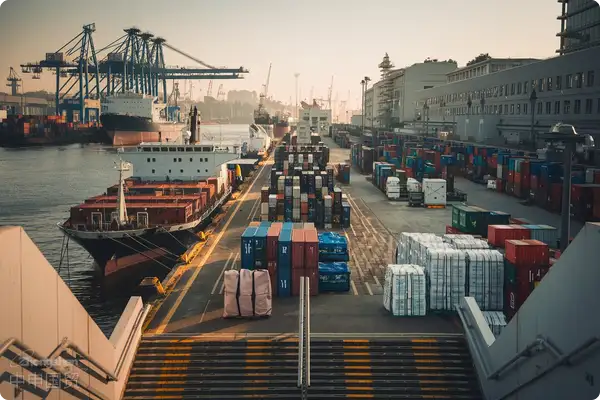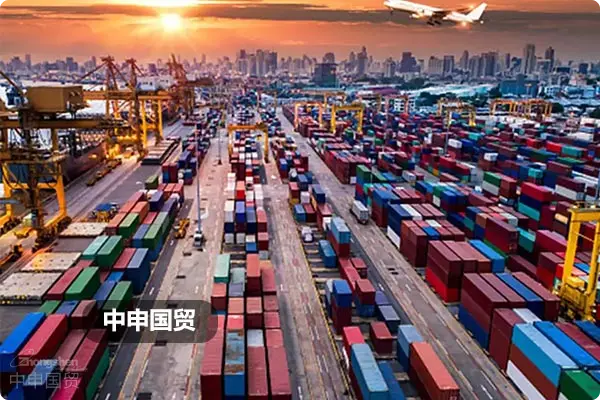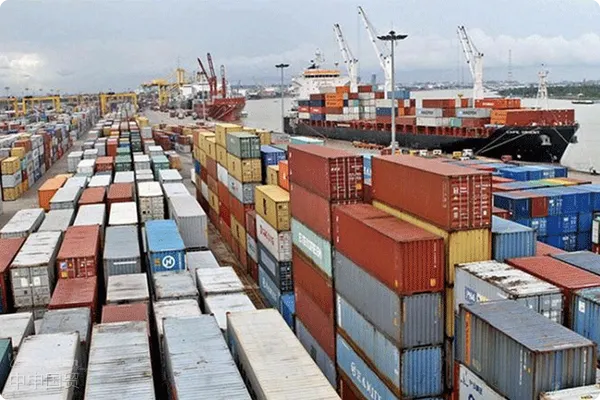- Shanghai Zhongshen International Trade Co., Ltd. - Two decades of trade agency expertise.
- Service Hotline: 139 1787 2118
In todays rapidly developing global trade,foreign tradethe industry is undergoing unprecedented changes. Even though customs data showsimport and exportthat the total volume continues to grow, many SMEs and foreign trade practitioners are experiencing a sharp decline in orders. Why is this phenomenon occurring in the foreign trade industry despite the overall upward trend in data?
Even though the total import and export volume and customs tax revenues are increasing, the structure of the foreign trade industry has undergone significant changes. Below are some specific reasons and background explanations for why this phenomenon is occurring:
Changes in Export Product Structure
From Labor-Intensive Industries to Technology-Intensive Industries
Over a decade ago, Chinas export products were mainly concentrated in textiles, apparel, footwear, toys,Hardware & Toolsand low-value-added primary manufactured goods. These products relied on cheap labor and large-scale production to maintain competitiveness. SMEs and ordinary foreign trade practitioners found it relatively easy to participate in these industries.
However, with the upgrading of the global supply chain and the transformation of Chinas economy, export products have gradually shifted toward high-tech and high-value-added directions. Todays export products are more likely to be high-end manufacturing products such as machine tools, smart manufacturing equipment, automobiles, and electronics. These products require strong R&D and manufacturing capabilities, and the industry barriers are high, making it difficult for SMEs and ordinary foreign trade practitioners to enter.
SMEs Under Pressure
Large enterprises and multinational corporations dominate the export of high-tech products, as they have stronger resources, capital, and market networks. In contrast, the competitiveness of SMEs has declined because they struggle to keep up with technological advancements and cannot secure export orders for these high-value-added products.
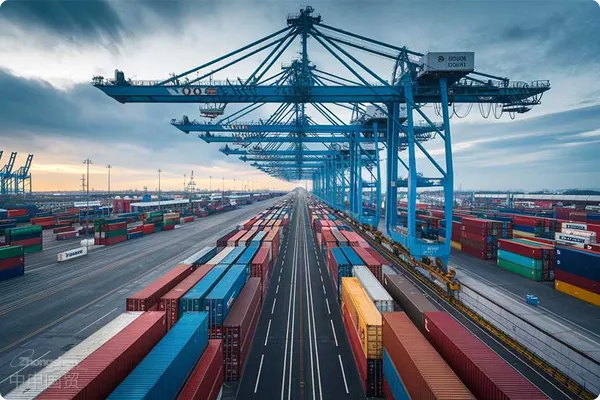
Concentration in the Foreign Trade Industry
Concentration of Foreign Trade Orders in Large Enterprises
With the upgrading of Chinas manufacturing capabilities, global market demand for Chinese products is also changing. Foreign trade orders are gradually concentrating in the hands of large enterprises and multinational corporations, as they can provide large-scale production, high-quality services, and the ability to cope with complex international situations. Large enterprises have stronger bargaining power in the international market and can better adapt to changes in international trade rules.
Impact of Digitalization and Automation
With the digitalization and automation of foreign trade processes, traditional foreign trade sales personnel no longer need to participate as extensively as in the past. Many companies use online platforms and digital tools to directly engage with international clients, reducing the need for traditional foreign trade sales staff. The upgrading of technological means enables companies to handle international trade orders more efficiently, further reducing reliance on manual labor.
Global Situation and External Pressures
Impact of U.S.-China Trade Friction and Geopolitics
Factors such as the U.S.-China trade war and geopolitical tensions have had a profound impact on the global trade environment. Many orders have shifted to Southeast Asia or other emerging market countries. Although Chinas overall export volume is still increasing, orders for low-end manufacturing and labor-intensive industries are indeed declining. This change has hit foreign trade sales personnel, especially those in small and medium-sized enterprises (SMEs), harder, as many of their traditional client groups may be seeking alternative supply markets.
Impact of the Global Pandemic
The global pandemic over the past few years has also profoundly altered international trade patterns. Issues such as uncertainty in global supply chains, rising logistics costs, and fluctuations in raw material prices have posed challenges for foreign trade enterprises. Large enterprises can manage these problems through robust supply chain management, but small enterprises often struggle to withstand such pressures, leading to the loss or reduction of some orders.
Policy and Industry Threshold Increases
Environmental Requirements and Industrial Transformation
The Chinese government has intensified the enforcement of environmental policies in recent years. Small enterprises that fail to meet environmental requirements already face significant difficulties surviving in the domestic market, let alone maintaining competitiveness in international trade. As the requirements for industrial upgrading become increasingly stringent, the threshold for foreign trade exports has risen, depriving small enterprises of opportunities to participate in the global market.
Increasing Export Compliance Requirements
As international markets impose increasingly stringent requirements on product compliance—such as CE certification, ROHS certification, FCC certification, and other standards—SMEs, due to a lack of funding and technical support, struggle to keep up with these compliance requirements, leading to the loss of some export markets.
V. Summary
Although Chinas total import and export volume and customs tax revenue are increasing, the structure of the foreign trade industry and its market participants have undergone profound changes. High-value-added, technology-intensive industries and large enterprises are gradually dominating the export market, while the competitiveness of traditional labor-intensive industries and SMEs is declining. For ordinary foreign trade practitioners and SMEs, the reduction in foreign trade orders is largely due to industrial upgrading, industry consolidation, and changes in the global market landscape.
Therefore, while overall foreign trade data may appear to be growing, many foreign trade professionals and small enterprises that once relied on low-value-added products are experiencing a reduction in market opportunities. This also reflects the reality that some practitioners are being phased out or facing difficulties in transitioning during the industrys shift from low-end to high-end manufacturing.
Related Recommendations
? 2025. All Rights Reserved. 滬ICP備2023007705號-2  PSB Record: Shanghai No.31011502009912
PSB Record: Shanghai No.31011502009912
